|
Climbing sea stacks is a very strange thing to do. For the amount of effort and logistical detail required, there is very little climbing. They are also a very long way away, covered in birds, awkward and even some of the climbing isn't great. However, climbing a sea stack is a real adventure; you never really know how it will go until you do it. That's why it's so satisfying when you do it. As well as the amazing places that you visit and the sharing of the adventure with some really cool people. Gordon, Andy and I had never met before last Sunday but after the four hour drive to Stoer lighthouse it was clear that we were going to get on very well. The climbing standard was well matched and we were all up for a great trip, exploring new places and enjoying the experience. It all went just about as well as it could go too. The weather worked in very well, we got the tides just right and climbed every day of the six days apart from one. We had one wet day (just the mormning actually) and we went to Scara Brae on Orkney instead of climbing to check out the oldest known houses on the planet. Even when things go so well, there are always some lessons to learn, and here are mine. Lesson 1. Green rock is amazingly slippery. The morning before we climbed Old Man of Stoer was wet and the tide was still going out when we got there. So the rock platforms and the first traverse pitch were wet and green, making them about as slippery as the most slippery thing known to mankind. We set the tyrolean traverse rope but in walking around the flat rocks, my feet went up from under me and I landed very heavily, flat on my back. Thankfully there was no rock sticking up, it was a flat surface I landed on but it was quite a moment, and something I do not want to do again. It could very easily have been the end of the trip before we'd even started. Take care on the slippery green rocks. Lesson 2. Sea stacks are really scary to look at. The first glimpse of Am Buachaille did not fill me with joy. I try to avoid watersports and waves so seeing the wave washed platforms underneath Am Buachaille did send shivvers down my (slightly aching) spine. Thankfully, sea stacks look less scary when you get closer to them. Once we were down on the rocks next to the stack and we'd let the tide drain out a bit more, we could see we'd be OK to swim across. It was still exciting and one or two of the waves were still coming over the rocks as Andy discovered! Am Buachaille is not a stack to take your time on. It's a serious job, getting the timing just right so you don't get stuck for twelve hours. Lesson 3. Fulmars nest in May. Both times I've climbed the Old Man of Hoy previously, it's been covered in nesting fulmars. My tactic was to send Donald up first so he got the worst of the oily, fishy puke projected at him meaning there was less in the tank for when I went past. This vomit warfare only starts in May though so April is a good time of year to climb here. The fulmars are not nesting, there are far fewer of them on the stack and they just fly away when you get close and return after you've gone. Lesson 4. Sandstone is very different to gneiss. We had a morning climbing at Sheigra on imaculate, solid, rough, clean gneiss. It's a joy to climb, well endowed with holds and protection, and very steep. We climbed Jugernaut which is outrageously steep but on very big holds and well protected. If you can hang on and pull, you'll be fine. Sandstone is not like that! The crux of the Old Man of Hoy requires remarkably little pulling, even round the overhangs. It's all about pushing, bridging, leaning and shifting your body weight around from slopy ledge to slopy ledge. The off-width crack is protected by two blue cams and two silver cams so it's pretty useless to help you climb. Wide bridging over a very impressive drop is the way to do it. You can't just pull yourself up. Lesson 5. You will not get bored of climbing sea stacks. This was the third time I've gone on a sea stack climbing trip and it will not be my last. Each one was so exciting and rewarding, beautiful and intimidating that I will be back next year for more of the same. The drive around most of the NC 500 route adds enormously to the trip, stopping at Smoo Cave on the way past and with the added highlight of a visit to Orkney and Hoy. This really is a trip to remember for a lifetime. Come along next year and see for yourself!
1 Comment
Colin Pierpoint
30/6/2019 16:03:35
Years ago (1975?) on my own I did the ascent from Llyn Llagi to Llyn Yr Adar (Cnicht range, Snowdonia) up craig Llyn Llagi. The route follows the stream (Afon Llyn Llagi?) and it is best to keep in it for footholds. 2/3 of the way up I came across a band of green rock all the way across. I daren't put a foot on it (ref: lesson 1) but the descent was worse than ascending facing the rock. On either side was steep grass, almodt as bad as the green moss on the rock. I tried one side (N) too slippy. So I decided the only option was to cross the stream below the green rock, and try the other, slightly less steep, side. While crossing the stream I managed to get my rucksack jammed under a small overhang above me! I still have no idea how I got free. However, after 10 feet of ascent on the grass (permanently wet from spray of course), I got back in the stream and continued to Llyn yr Adar and the plateau.
Reply
Your comment will be posted after it is approved.
Leave a Reply. |
AuthorMike Pescod Self reliance is a fundamental principle of mountaineering. By participating we accept this and take responsibility for the decisions we make. These blog posts and conditions reports are intended to help you make good decisions. They do not remove the need for you to make your own judgements when out in the hills.
Archives
March 2024
|
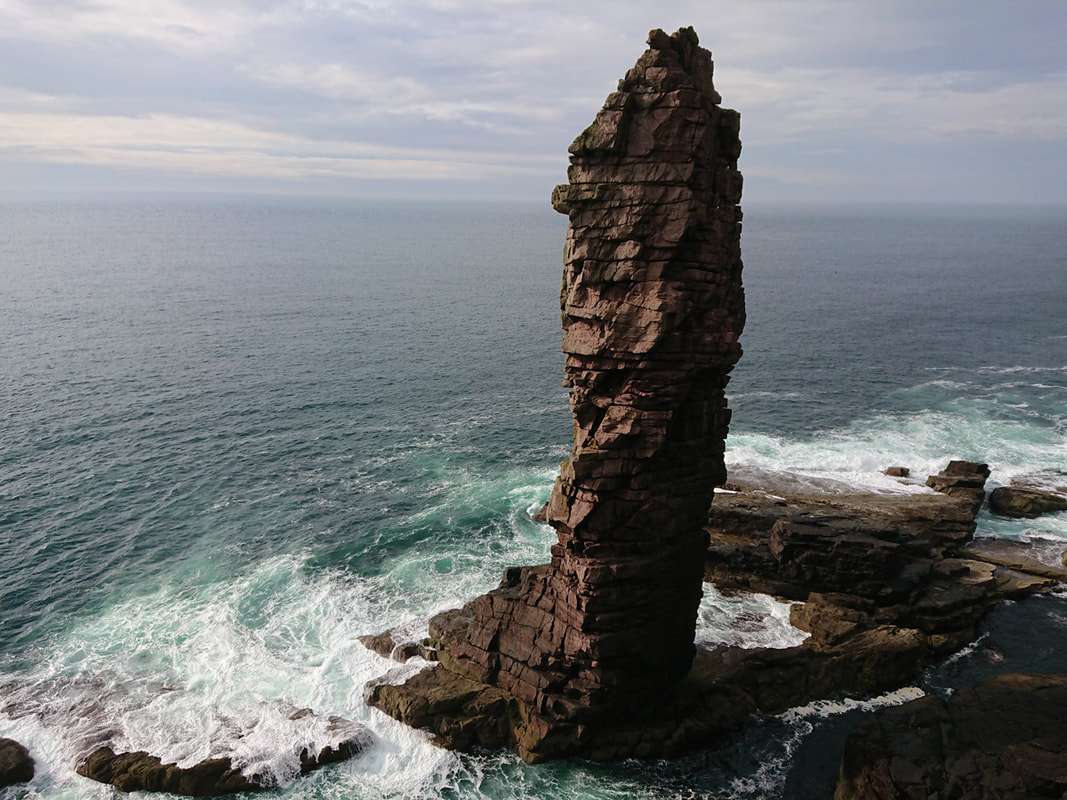
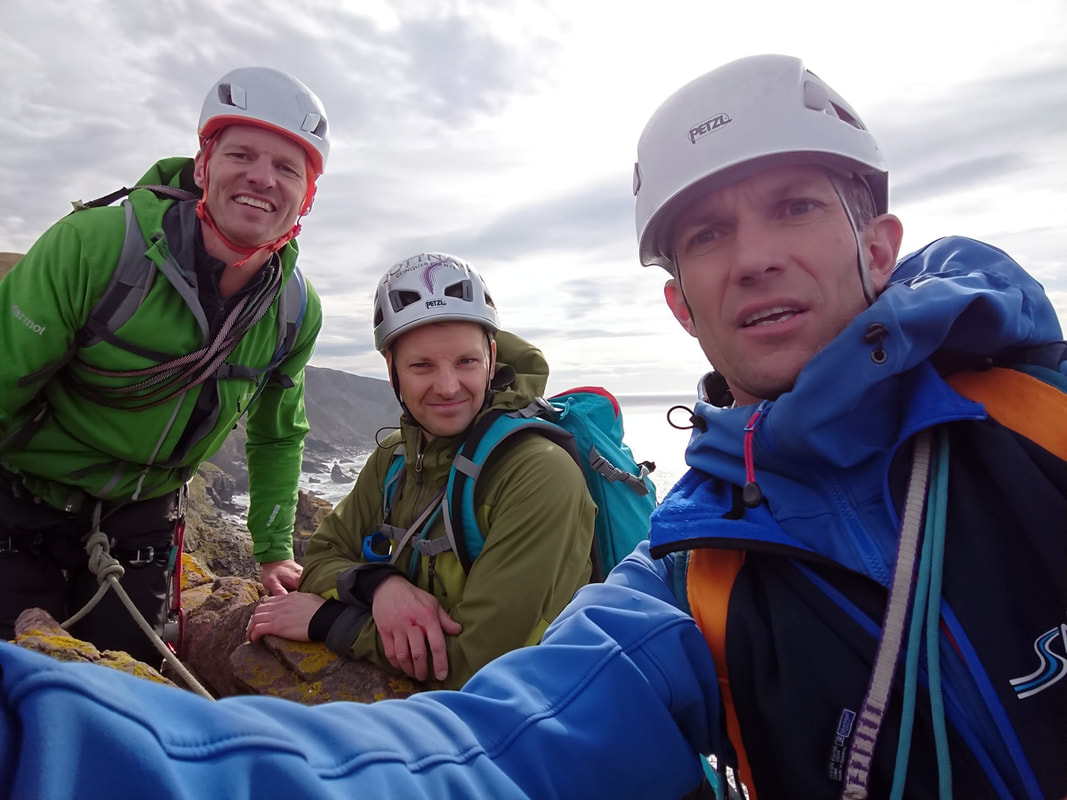
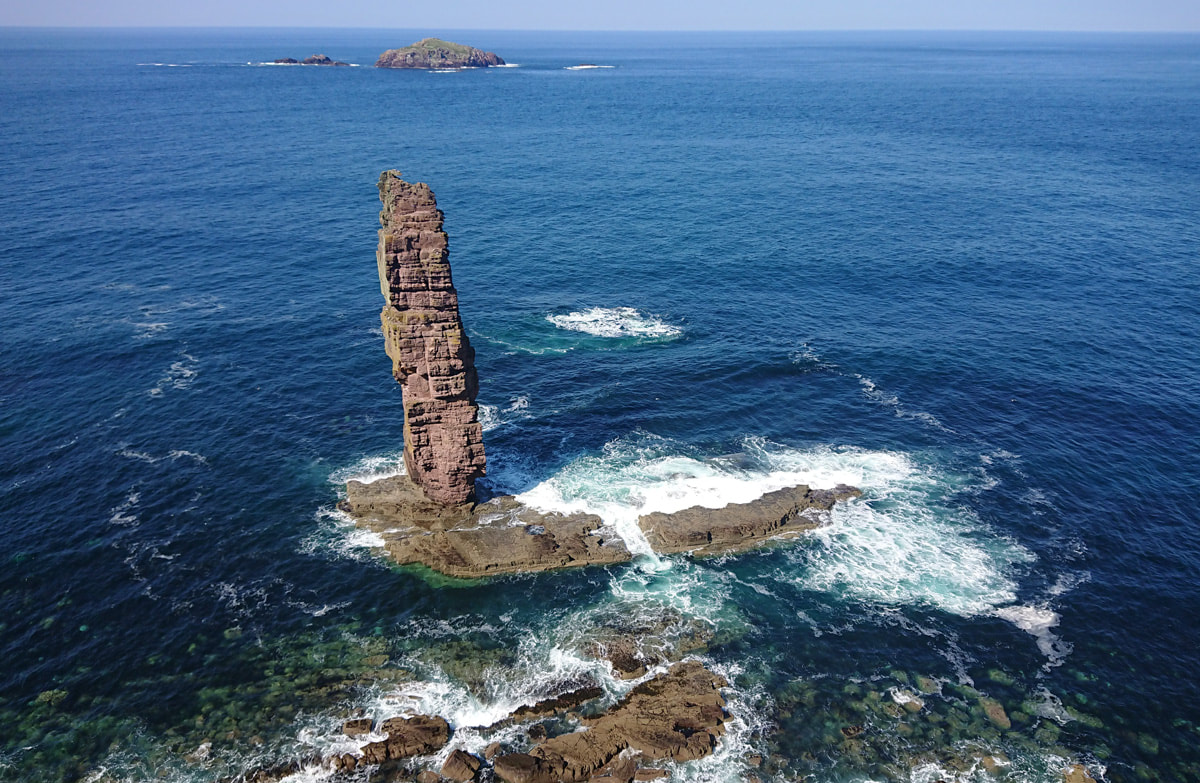
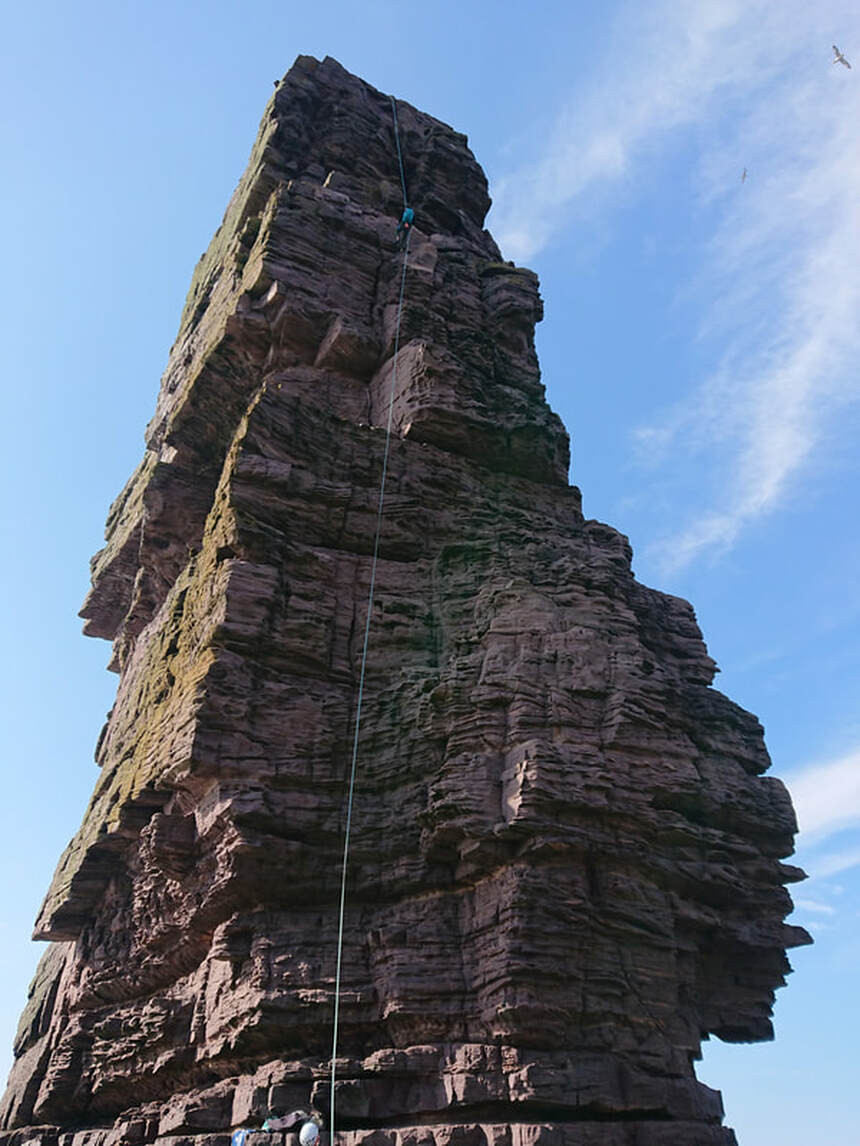
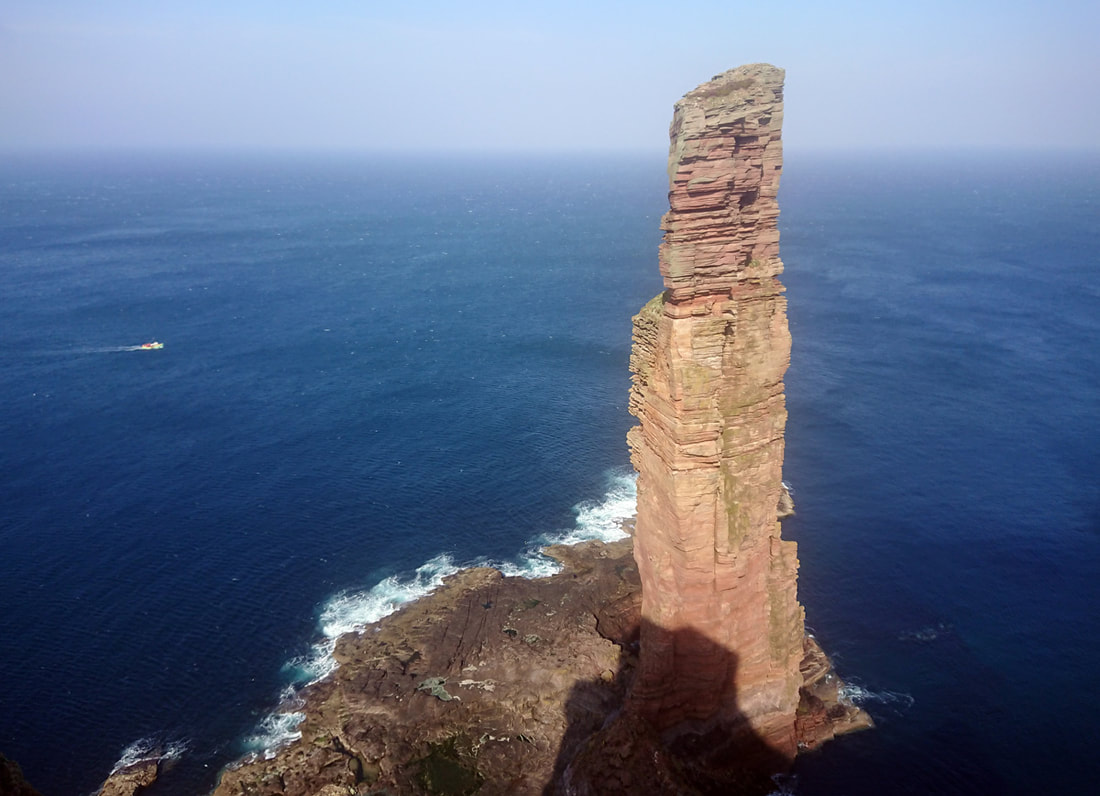
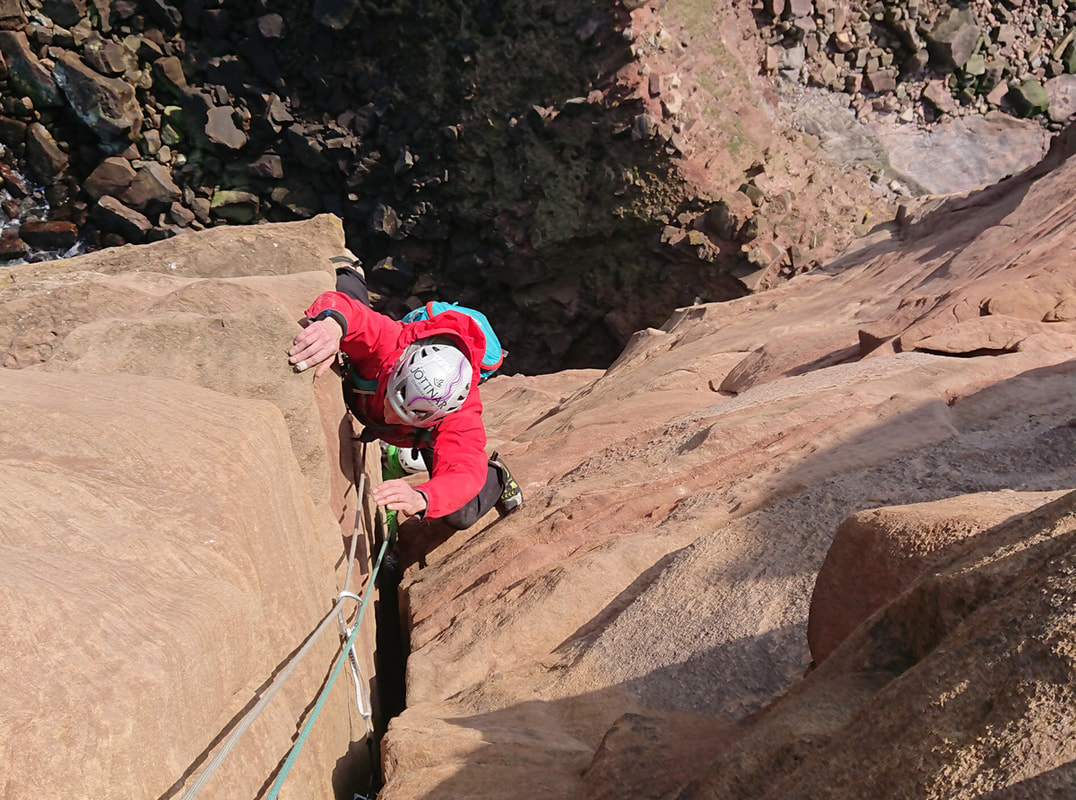
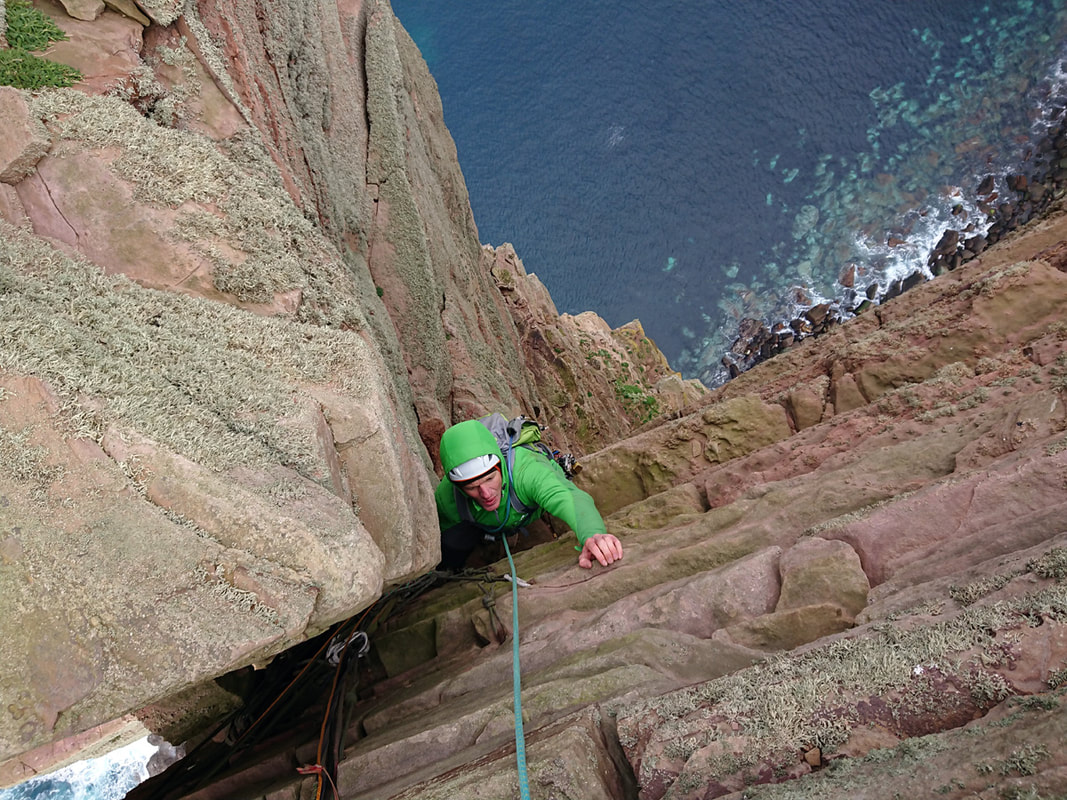
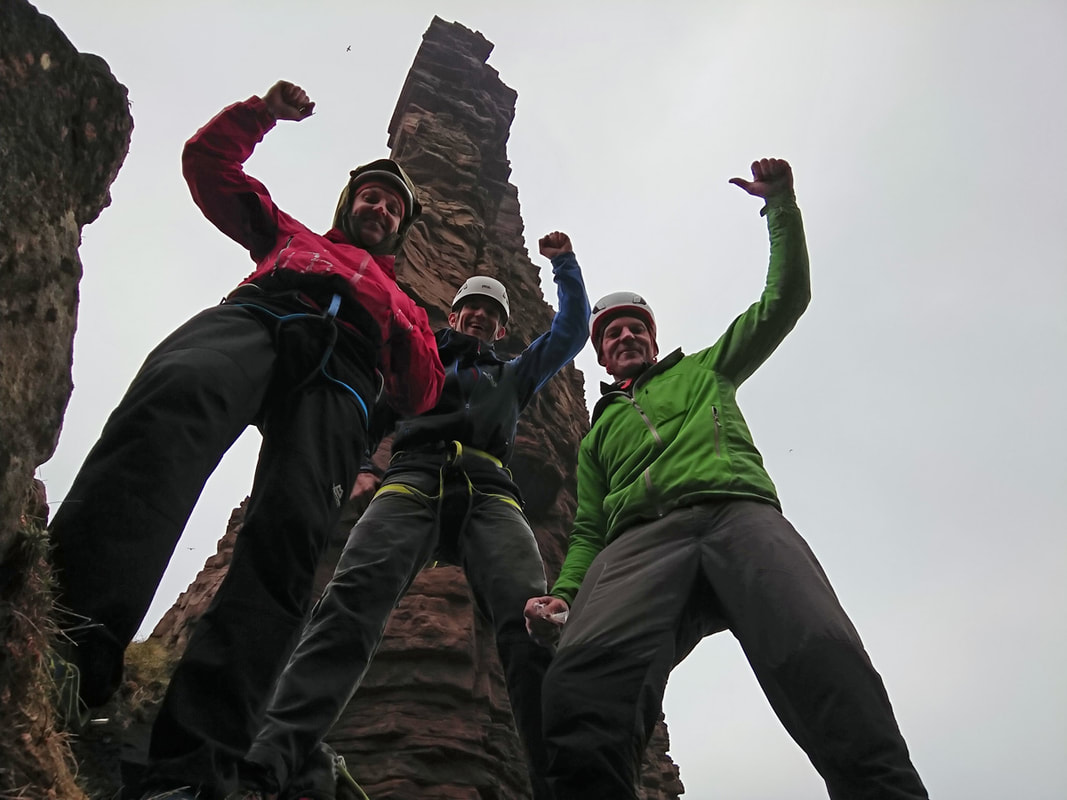
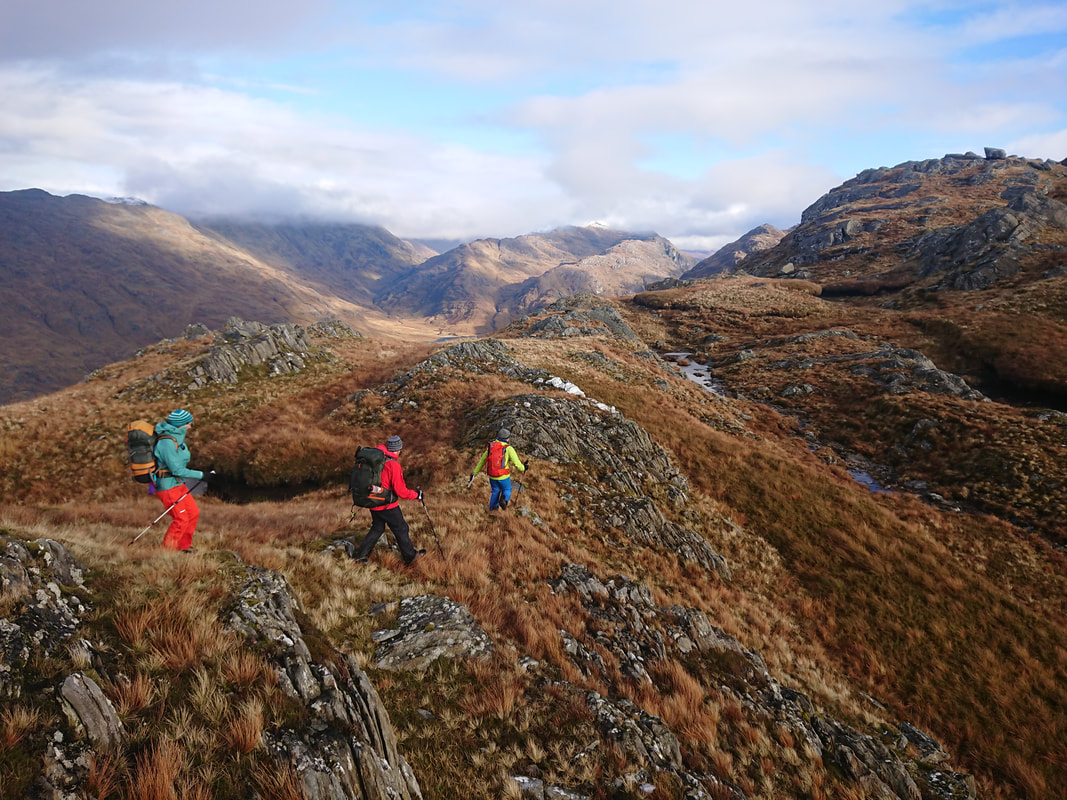
 RSS Feed
RSS Feed
